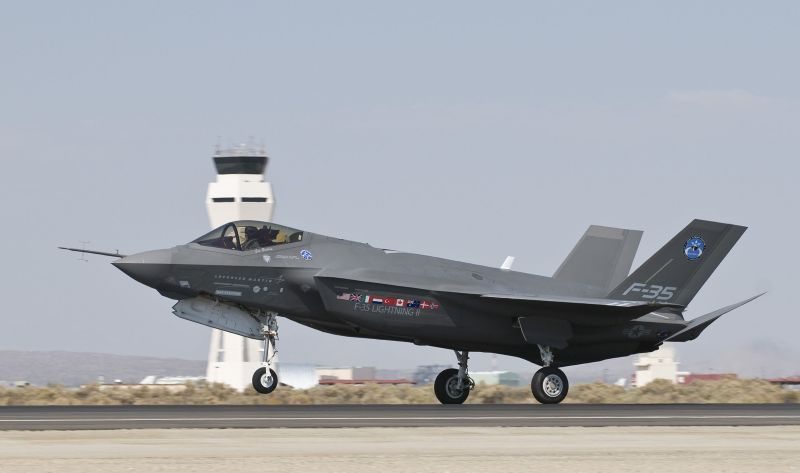THE RAAF will have to wait seven years before the long-delayed Joint Strike Fighter enters service, a key national defence think tank has warned.
First deliveries of the troubled US-built stealth fighter were originally promised to start next year.
In its latest report on the project, the government-backed Australian Strategic Policy Institute said further delays, and not cost blowouts, pose the biggest risk to the program.
Canberra has placed a tentative order for 100 of the so-called fifth generation JSFs to replace its ageing fleet of less capable F/A-18 Hornets and the now retired F-111 fighter-bomber.
But so far it has approved the purchase of only 14 war planes, at a cost of $3.2 billion.
“Australian plans have long had quite a bit of fat in the form of contingency funds that should cover likely costs for follow-on acquisitions,” the Andrew Davies-authored report said. “Overall, schedule is more of a concern than cost. Any further slippage in the F-35 program risks eroding Australia’s margin for error dangerously.”
The Howard government ordered 24 off-the-shelf F/A-18F Super Hornets to serve as an interim multi-role fighter pending the arrival of the JSF – a purchase at the time opposed by the RAAF.
To hedge against the prospect of further delays to the JSF program, the Gillard government should buy more Super Hornets, the report said.
“We’ve already incurred the fixed costs of acquiring the type and have an established training program.
“The aircraft is in frontline service with the USN (US Navy) and has acquitted itself well – the USN is planning to keep them in service to at least 2030.”
Boeing’s roadmap for future development of the aircraft is likely to see the Super Hornet equipped with more powerful engines, capable of longer range flights while possessing a stealthier profile due to podded weapons.
“Things are manageable for now and some recent indicators are more positive for the F-35 than they’ve been for several years.
“But further development problems have the potential to negatively impact on Australia’s air combat capability or cost billions of dollars extra,” the report warned.
[Download not found]










